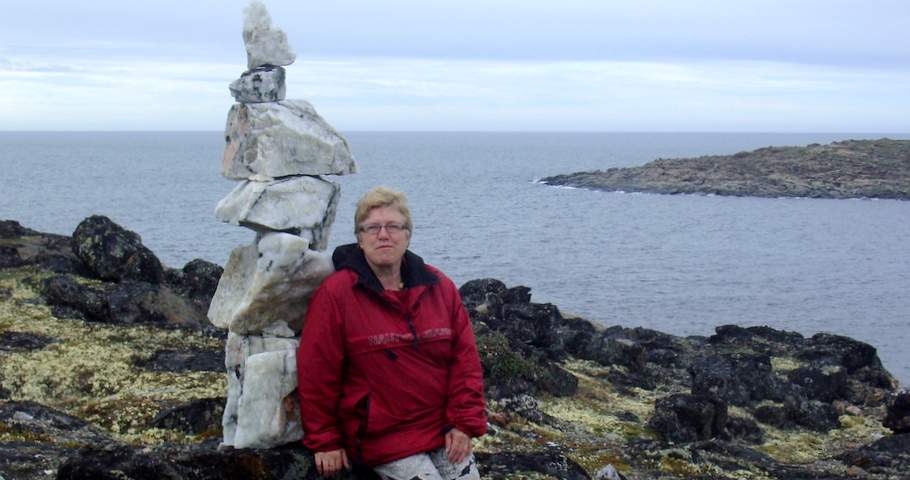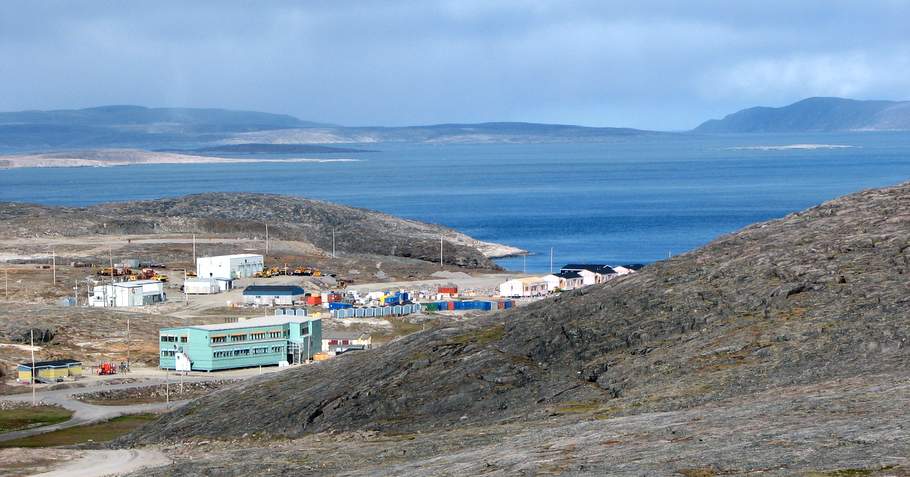The Honourable Carolyn Bennett, M.D., P.C., M.P., Minister of Crown-Indigenous Relations and Northern Affairs says it very well: ‘’Children are our future, and to give them the best possible start in life, we must collectively move from an intervention-based approach of apprehension and protection to prevention-based approaches to community, families and children's rights and well-being. There needs to be better access to mental health services, children need to be protected from sexual exploitation and children’s rights need better protection.
Working in genuine partnership with First Nations is critical to developing community-led solutions for reform that will reduce the number of children in care and result in better health, education and economic outcomes.”
The key to social justice
The root causes of broken relationships, violence and discrimination require a shift in cultural practices and beliefs – showing up the positive and challenging the harmful. Designing and implementing community engagement to build trust and address children's vulnerabilities is the key to social justice.An integrative and ecological approach
Strong implications for intervention that benefit the more impalpable, relational, identity and protection issues that influence the daily lives and experience of children must be scaled up in an integrative and ecological approach.The current crisis in child welfare
Over the last several decades, poverty, loss of culture, rapid social change, and resulting addictions and family problems have become barriers for communities and families to provide for the welfare of their children as they did for centuries before. This trend must be reversed, with Inuit communities once again taking responsibility for child welfare and family support. Dealing with the current crisis in child welfare requires the active involvement of Inuit. Children’s safety and family support, twin pillars of child welfare, must promote family stability and integrity.Targeting of issues that affect the well-being of children
Social justice must begin its journey with a focus on the most vulnerable children and engaging young people in the targeting of issues that affect their well-being. Child Protection and Advocacy project framework must enable children, families, and communities along with the local government to strengthen care and protection. “Unfortunately, too many children are removed from their home when they could have remained at home if appropriate prevention services were available,” Philpott told the gathering. “I have heard time and again that the focus is too much on protection and not enough on prevention.”Advocacy to improve the quality of life of children
Advocacy to change government policies (Commission of Truth and Reconciliation) to improve the quality of life of children means empowering children and youth to build their own life plans, grounded in their culture, their interests, and their needs as means to concretely pursue their goals and reach their potential. If children are protected, cared for and participate they can benefit from better health, education and economic development programming that can respond to several of the issues raised by children.The community, the neighbourhoods, the homes in which they live must provide them with their first experience of social justice. The institutions that provide health and education, the playground and streets of their community, can promote the children as actors and active partners in promoting social justice through their concern and desire to uphold the rights of all vulnerable children.
Social Change Models
Within this approach, the use of social change models that challenge gender norms and discrimination should provide unique ways of building the kind of caring, safe and empowering environment where children can experience the love of their families.Transforming social norms and traditional practices that harm or discriminate against children is a key part of our work and identity. It is not sufficient to be aware of injustice and to analyze its root causes. Communities’ creativity and concrete actions can move the adult world to become more responsive to injustices in powerful and transformative ways. By getting children to participate, by listening to and acting together with the most vulnerable children to reach their dreams, we are nurturing human potential and challenging injustice.
Tackling social injustices
We are very aware that social justice is both process and goal. It starts with an education system that is responsive to everyone and serves all groups equally and well, is a key mechanism for engaging in that process and communicating that goal. We certainly hope that by tackling social injustices, we can improve health and well-being and reduce a range of other social problems rooted in human rights concerns.The pursuit of social justice is not a pious wish. A desire to see Inuit communities flourish and lives changed can transform relationships especially when policies that benefit vulnerable children and their families help restore the communities. Children are at the heart of communities and it is the work of reconciliation to reduce the gaps by implementing the health-care rights for all Indigenous people, to close the education gap for Indigenous people and to eliminate the over-representation of Indigenous people in custody and in trouble with the law.








No comments:
Post a Comment